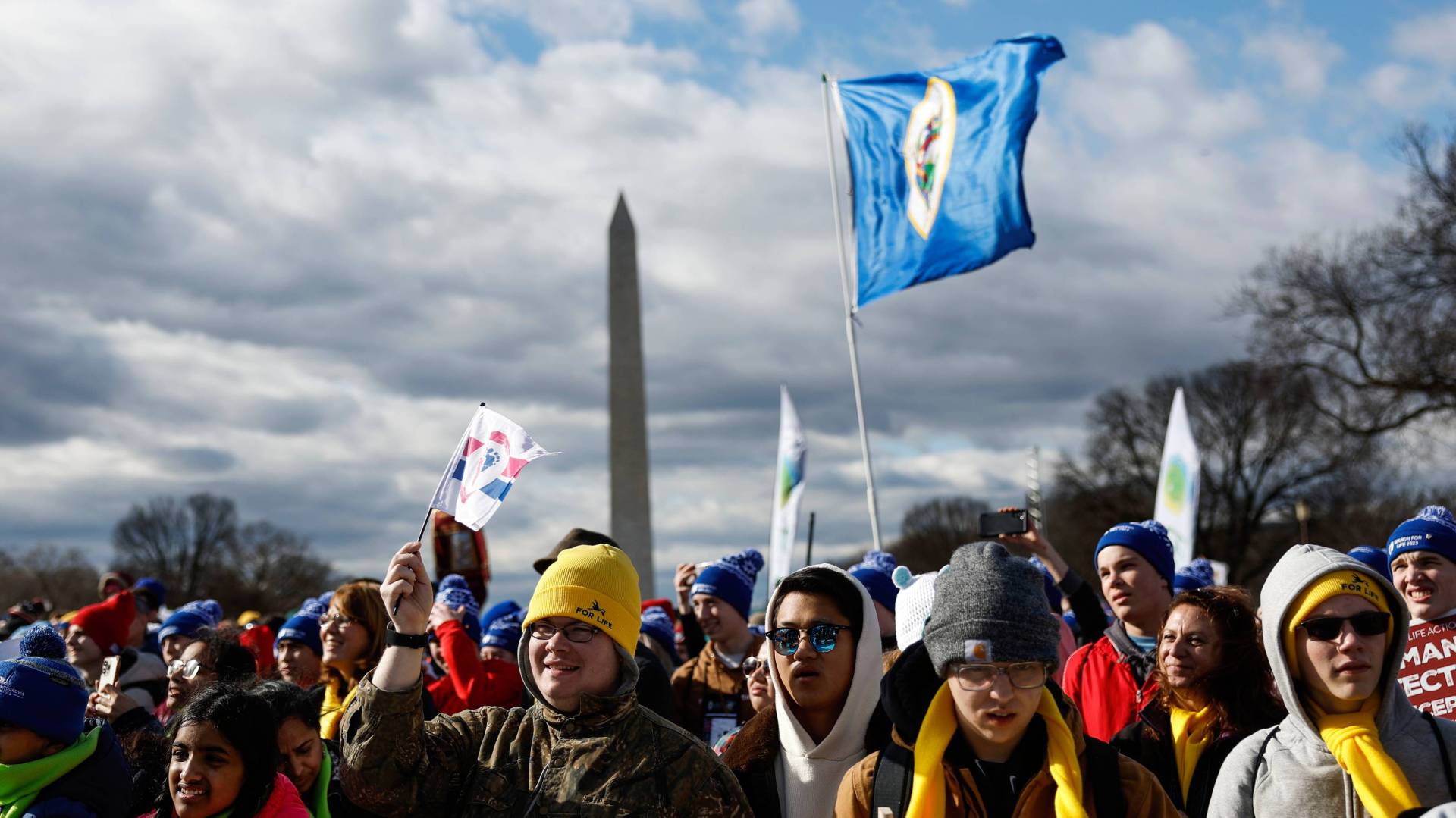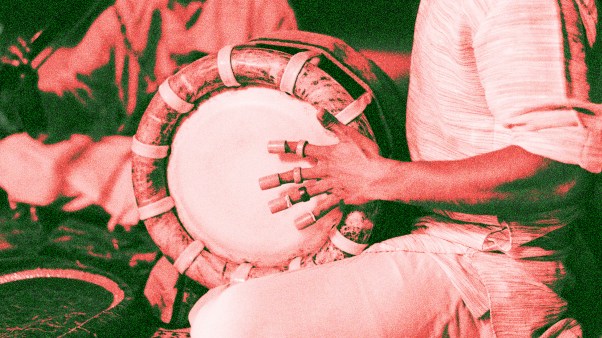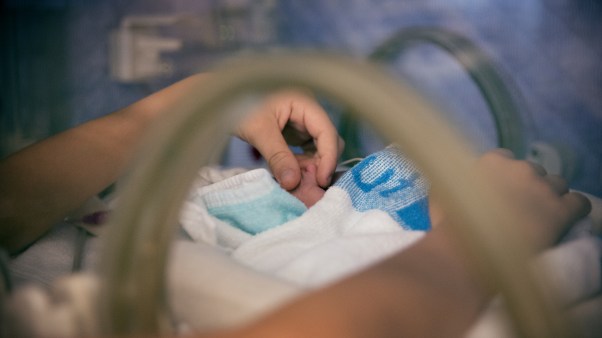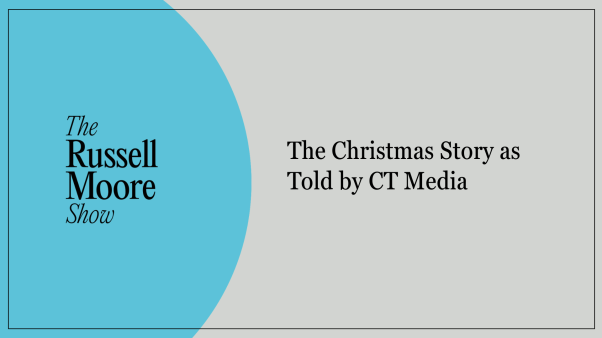Catholic activist Nellie Gray organized the first March for Life in 1974 to mark the anniversary of the Supreme Court ruling that legalized abortion nationwide. Fifty years later, even after the 2022 decision overturning Roe v. Wade, pro-life activists don’t feel like their work is done.
After Dobbs v. Jackson Women’s Health Organization, the organizers of the national march, which is considered the largest annual pro-life gathering in the world, “thought that it was possible last year that we’d have a little bit less of a crowd,” Jeanne Mancini, president of March for Life, told Christianity Today.
“And much to my delight, that was wrong. We had a really big crowd last year, a very energized crowd, and we anticipate nothing less this year.”
Days before the 2024 event, an arctic blast sweeping much of the US blanketed Washington, DC, closing area schools and delaying flights for the thousands of participants traveling to the capital. Friday’s forecast projects another dusting of snow.
But pro-life organizers don’t expect the inclement weather to deter turnout: They estimate the crowd could be 100,000 people. The crowd will draw from student campus activists, worshipers from evangelical and Catholic churches, staff from pro-life nonprofits, and volunteers from all over the country.
“We’re proud to be there every year en masse, you know, showing the nation that this generation rejects abortion and that we’re moving forward in our mission in this post-Roe world,” Kristan Hawkins, founder and president of Students for Life of America, told CT.
Hawkins anticipates more conversations this year about the pro-life movement’s goals moving forward, particularly in an election year.
While pro-lifers always had a focus on overturning the constitutional protections of abortion, the movement has also been about far more. “Our goal is to see an end of abortion. To make abortion unthinkable and unavailable in our country. And that’s a two-fold goal,” she said, “that requires cultural change, that requires practical and tangible support, that requires political change. And so you have to have all of those kind of cylinders firing at any given moment.”
The pre-march rally features former NFL tight end Benjamin Watson, House Speaker Mike Johnson, and Focus on the Family president Jim Daly. The lineup also includes a pastor, a pregnancy resource center director, and a college student who is the president of a Students for Life Club at Penn State University.
Since Dobbs, pro-life leaders say their focus has become much more trained on the legislature and pro-life policy, though that is not a new direction. The group also plans to expand its presence in states through a state march program. That program began in 2018, and this year, there will be marches in 24 state capitals.
“We want to be in all 50 states over the next six, seven years,” Mancini said.
The new route of the march also reflects that focus: Organizers slightly altered the original route, which used to end in front of the Supreme Court. Now it still starts at the National Mall, heads down Constitution Avenue NW, takes a couple turns to wind past the Capitol, and ends with marchers having the Supreme Court on the right and the Capitol building on the left.
This year, the theme of the march is “With Every Woman, For Every Child,” which is meant to highlight the work that pregnancy resource centers offer women and families.
“I think that the topic of the march says what the pro-life movement has always done, but shows that we recognize that now in a post-Roe world, we need to do it even more, which is be with every woman and support every child,” said Dr. Christina Francis, CEO of the American Association of Pro-Life Obstetricians and Gynecologists, which includes over 7,000 physicians.
Francis and fellow pro-life doctors will be marching together in their white coats, as they do each year. She says she often gets thanked by people at the march, who are encouraged to see pro-life medical professionals.
This year, as debates play out around state ballot initiatives, there’s confusion around how or whether abortion restrictions affect pregnant women in other circumstances. Francis, a practicing ob-gyn in Fort Wayne, Indiana, said that physicians know the difference between treating a miscarriage and performing an abortion.
“So many of the American public are being made to feel like they need to support abortion so that women can receive life-saving care, so that women can receive treatment for their miscarriages. And that’s simply not the case,” Francis said. “We can still take good care of women and their children, we can still intervene when we need to when a mom’s life is in danger.”
The march itself is only one part of a flurry of events and activities that pro-life organizations, church leaders, and activists host and attend.
On Friday morning, there is the March for Life Expo at a hotel in DC, where organizers host a training on how people can engage with elected officials about the pro-life cause. Friday caps off with the annual Rose Dinner Gala.
There are also other events, including the all-night National Prayer Vigil for Life, which begins Thursday evening and extends to the morning of the march. It is hosted by the United States Conference of Catholic Bishops. Two other prominent Catholic groups, the Sisters of Life and the Knights of Columbus, are hosting a Life Fest event aimed at reaching youth.
Students for Life is co-hosting the National Pro-Life Summit held on Saturday. The sold-out event is expected to have 1,800 in attendance.
“We all agree that we’re in a new season, a post-Roe season, and that changing hearts and minds is the end goal here,” Mancini said. “There’s a necessity not only to change the laws, but to change hearts and minds and to speak truth into a culture of confusion about this issue.”













